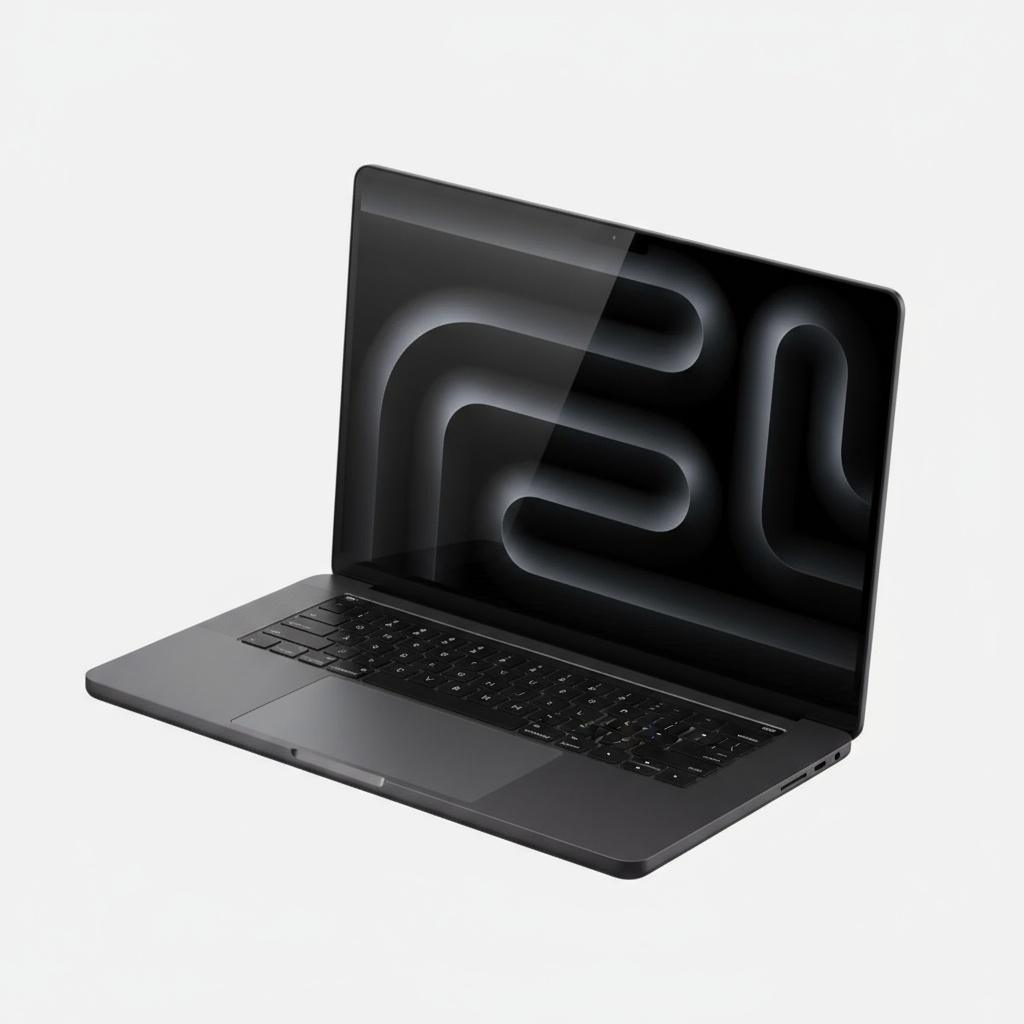Apple is reportedly gearing up for its most ambitious MacBook Pro redesign in years, with multiple sources pointing to a touchscreen OLED model targeted for around 2026. Beyond the display shift, a cleaner front profile without the familiar notch is said to be on the table, signaling a notable change in both aesthetics and user interaction on the pro-grade Mac.
The centerpiece of the overhaul is an OLED panel, a first for the MacBook Pro lineup. OLED promises richer contrast, deeper blacks, and more precise color control than current LCD-based models, while also offering potential power efficiency gains. Importantly, these reports suggest the panel will support touch input—another first for Apple’s laptops.
Design-wise, chatter indicates Apple may replace the notch with a discreet hole‑punch for the FaceTime camera. This would free up more uninterrupted screen real estate and produce a more streamlined look. Some speculation even hints at UI ideas inspired by Dynamic Island on iPhone, though it’s unclear how—or if—that concept would translate to macOS.
To accommodate touch, Apple has reportedly explored a reinforced hinge structure. A sturdier hinge could help the lid resist wobble under taps and swipes, maintaining the precision feel pro users expect. The goal appears to be delivering touch capability without compromising the MacBook Pro’s durability or its characteristic thin-and-light profile.
Under the hood, a next-generation Apple silicon platform is expected, likely aligning with an M6-class chip if the 2026 timeline holds. That would bring meaningful advances in CPU, GPU, and on-device AI performance—key for creative workflows, data-intensive tasks, and emerging pro apps that can leverage neural engines more directly.
Of course, touch on a Mac would necessitate thoughtful software integration. Expect Apple to refine macOS gestures, palm rejection, and UI targets so touch feels additive rather than gimmicky. The company has historically resisted touchscreens on Macs, so a move like this implies a confident rethinking of ergonomics and app design for pro contexts.
Timing remains fluid, with reports converging on late 2026 and leaving room for a slip into early 2027. As with any supply-chain dependent shift—especially one involving new OLED panels—availability could be constrained early on, and pricing may reflect premium component costs during the initial ramp.
If realized, this MacBook Pro would mark a strategic pivot: merging the precision of macOS with the immediacy of touch while elevating display quality. For creative pros, developers, and business users, it could unlock new workflows—provided Apple nails the execution. Still, plans can change, and until Apple makes it official, treat these details as informed but evolving.






